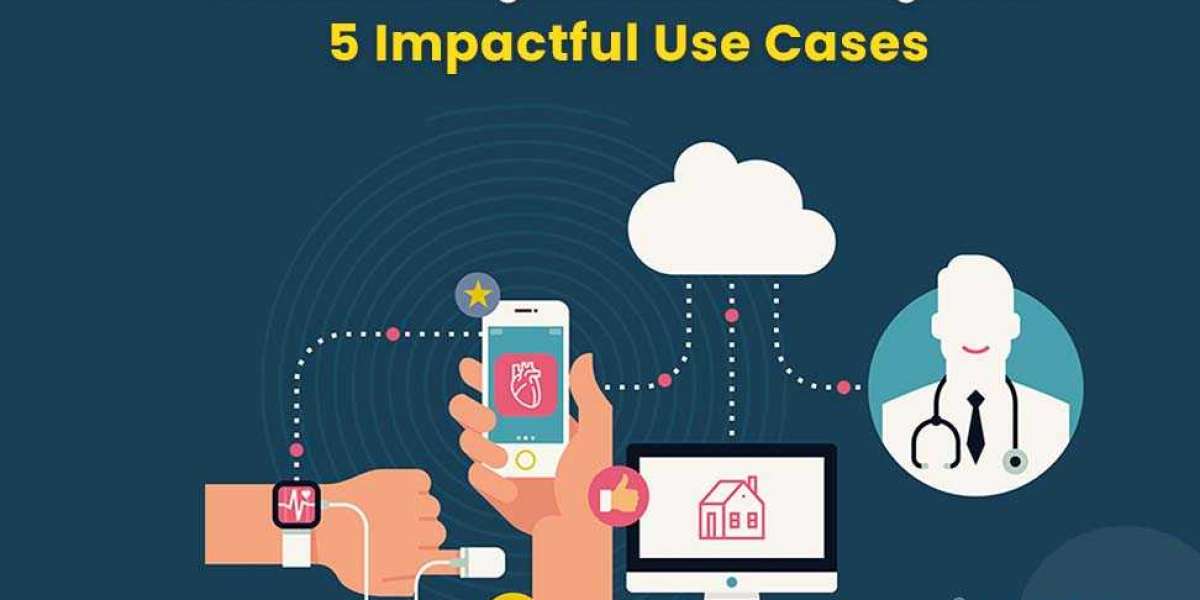In this blog, we are going to understand Big Data and how it is going to revolutionize the healthcare industry. So, first, let’s know what big data is. So, big data is the large volume of data that is coming from businesses, organizations, and people at a very high speed. Big data contains a variety of data like text, images, videos, audio, etc. We differentiate data broadly into three types: Structured Data, Unstructured Data, and Semi-Structured Data. However, when are talking about big data we mostly deal with unstructured data and semi-structured data.
Structured Data, Semi-Structured Data, and Unstructured Data:
Now let’s understand the three types of data formats.
- Structured Data: Structured data is the data that is fully organized and which sort of follows the predefined schema. This kind of data is stored and processed through traditional databases and tools. example: Relational Databases, In relational databases, data is stored in table-like format where each row represents an entry and each column represents the type of data. For if we take the example of the user database of a website and the data is stored in a table-like format then the table can have multiple columns such as “username”, “email”, “password” etc., and each row in the table represents a user. Another example of structured data could be the data stored in the spreadsheet.
- Unstructured Data: Unlike structured data, unstructured data doesn’t follow a specific structure to store the data. This kind of data requires advanced techniques and tools to process and store. Text, images, audio, and video fall into this category. example: Text Documentation such as emails, social media posts, etc. Sensor Data such as data retrieved from IoT devices like temperature, humidity, motion reading, etc.
- Semi-Structured Data: This kind of data lies in the middle of the structured data and unstructured data. This kind of data has a partial structure but doesn’t follow a rigid schema like structured data. Example: In XML(extensible Markup Language) texts are written inside predefined tags. While working with APIs we deal with JSON(JavaScript Object Notation) data, in which the data is presented as a key-value pair.
Application of Big Data in Healthcare:
Many businesses and organizations are adopting big data technologies and understanding the importance of the data. Government organizations, educational institutes, the Media and Finance sector, Healthcare industry are some of the important examples. In this blog, we are going to explore the impact of big data in healthcare particularly and applications of big data in healthcare.
Big data analytics is used in healthcare to provide personalized medicine and prescriptive analysis to patients, enhancing operational efficiency and advancing medical research. Now let’s see the five most useful and important use cases of big data in healthcare and the importance of big data in healthcare:
1. Predictive Analytics for Disease Prevention:
It’s the likelihood of people getting sick in the future. It’s just like the weather forecast the only difference is that rather than predicting the weather for future days, it predicts the likelihood of people getting sick in the future. It does it by analyzing the large amount of data of users as well as the past data.
The very first step toward predicting the disease is to collect data and information from various sources such as EHR(Electronic Health Records), patient demographics(like age and location), environmental data(air quality and temperature), etc. Then the next step is to analyze the data. In this step, a large amount of the data is processed through different algorithms and software and then the patterns and trends are found out. Trends are really important in predicting the disease outbreak. After all these steps appropriate prevention measures can be taken, such as stocking up the medicines, increasing the healthcare staff, and running public health campaigns.
Let’s try to understand this from a very simple example, suppose there is a sudden increase in Google searches for flu symptoms or a sudden increase in the deaths of the flu, this information will be used by the government to show that a flu outbreak is going to take place and then the appropriate preventive measures can be taken.
In the year 2018, during the Nipah virus outbreak in Kerala, the Indian government collaborated with tech giants and research institutions, to use Big Data tools to track the spread of the disease and predict the areas of potential outbreaks.
2. Personalized Medicine and Treatment Plans:
In personalized medicine and treatment plans, doctors create very personalized treatment plans for each patient. This is done by collecting information about each patient such as their DNA samples, their previous health reports, etc. and then this information is processed and ultimately used to create personalized medicine and treatment plans.
So the very first step is to collect the patient data such as their past medical records, genetic information, or even the data from wearable devices like fitness trackers. After that, this information and data are processed through powerful computers to create personalized medicine and treatment plans.
Platforms like Practo and 1mg use Big Data to provide personalized healthcare recommendations. It helped people during the COVID-19 pandemic when physical interactions were prohibited.
This is very helpful in curing diseases like cancer because by collecting the patient’s genetic data and other information a personalized medication plan can be created to avoid major side effects of medicine to the patient and ensure the plan is best suited for the patient.
3. Patient Monitoring and Remote Care:
It’s a healthcare practice in which the patient’s health is monitored 24/7 even if the patient is not present in the hospital. This is possible because of the health devices which are used by the patient. These health monitoring devices continuously collect patient health data and this data is then sent to the hospital and to the doctors where they analyze the data
If something unusual is noticed they immediately contact the patient and either advise the patient with necessary details or change the medications.
Apollo, which is the largest private healthcare chain in India, uses Big Data analytics to optimize hospital operations, patient care, etc. This ensures better patient care.
This can be helpful in situations like if someone is suffering from heart disease then doctors can continuously monitor the patient’s heart beats, blood pressure, etc. with the help of electronic devices even when the patient is not present in the hospital and suppose the data shows anything weird then the doctors can immediately inform the patient about it. This is the importance of big data in healthcare.
4. Supply Chain Optimization:
It involves the efficient transportation of medicines, equipment, and other health-related products. Choosing the optimized and low-cost root to provide the necessary medical items becomes very important to prevent death rates in case of any pandemic
By analyzing the history of specific places and hospitals, the government can be prepared for any kind of pandemic that is going to occur. For example, this time there was a rise in flu cases then the hospitals can get to know about it from the previous year’s data and prepare accordingly.
5. Fraud Detection and Healthcare Billing:
It is about identifying and preventing fraudulent healthcare billing and insurance activities. It’s a very important security measure to have.
Hospitals and health insurance companies collect data on medical services, claims, and patient information. After that, this data is processed by powerful computers, and then they look for unusual patterns to identify any fraudulent activity if there is any then the right healthcare staff is informed about it and takes further action. This is very important to avoid any kind of fraud that may happen and take appropriate action against the person who is doing so.
The Indian government scheme, Ayushman Bharat Initiative aims to provide insurance to millions of Indians, in there also Big Data is also being used to analyze claims, prevent fraud, and make the process smoother.
Challenges of Big Data in Healthcare:
With all the benefits that big data provides in healthcare, there are some challenges of big data in healthcare. The major challenge is data privacy and security. As healthcare data is very sensitive, a breach of this data can have significant consequences. Another issue is data quality. It’s very important to have correct data and quality data to ensure correct diagnosis of data. So these are the major challenges of big data in healthcare which need to be addressed carefully.
Conclusion:
In this blog, we looked into the impact of big data in healthcare, the applications of big data in healthcare, and why big data analytics is so important to the healthcare industry. Whether it is to create personal medicine and treatment plans or to predict any upcoming pandemic, big data is everywhere. And that’s why every health organization and government is implementing big data analytics in their workflow. So, I hope you got to learn the importance of big data and their use cases in the healthcare industry.











